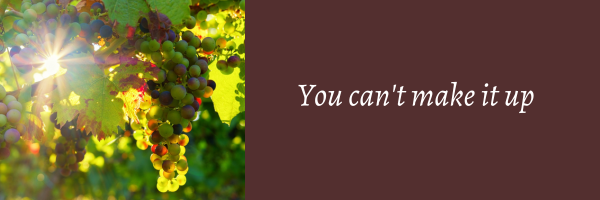Hot Summer, Sweet Wine

It has always amazed me how scientists who study climate change figure out clever ways to learn about past climates: drilling out ice cores; studying tree rings. But this latest trick is the coolest one yet. To learn what the climate was like in medieval Europe, scientists began digging around in the records of old grape harvests.
Over the years, Europeans cut down their biggest and oldest trees, making it difficult to use the tree-ring method. However, one thing they did keep was detailed information about grape harvests, including the sugar content of the “must” — the name winemakers give to freshly pressed grape juice before it’s fermented. These records are preserved in wine cellars and monasteries going back to at least 1400 CE.
Wine harvests have a lot to say about climate. That’s because the temperature, humidity, and other conditions of the growing season have a profound impact on the flavor — the sweetness, acidity, etc. — of the wine. Knowing that the sugar content of the must over time correlates nicely with climate — hotter summers make sweeter wine — a team of researchers at the University of Bern, in Switzerland, recently began consulting old wine records to give them an idea of what the climate was like in medieval Europe. It’s a reliable method, and it’s much easier than drilling out ice cores.
So let’s raise a glass to the science of paleoclimatology and the hard-working monks who kept such detailed records of their wine.
’til next time,
Avery
If you have friends or family who might enjoy this newsletter, please tell them about it! They can sign up here. And of course, just like you, they can unsubscribe any time, and I will never share email addresses or collect data about my subscribers.